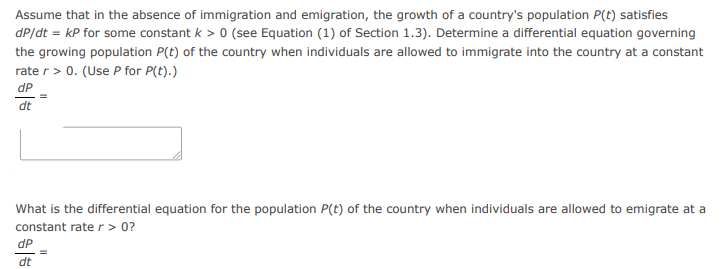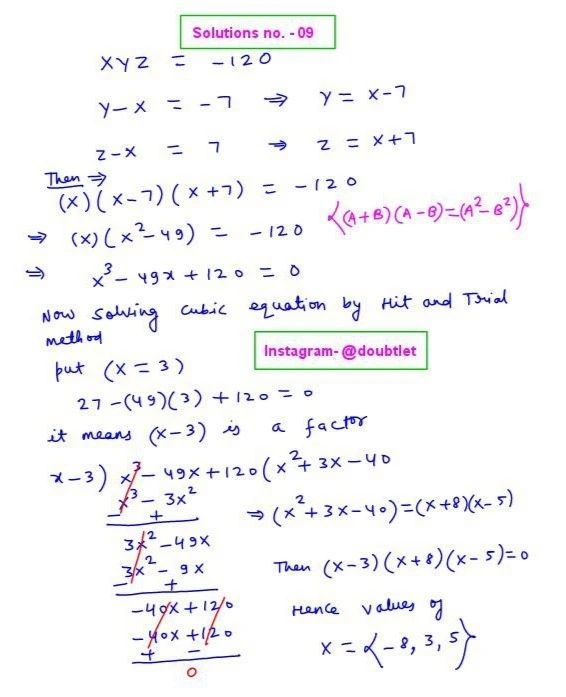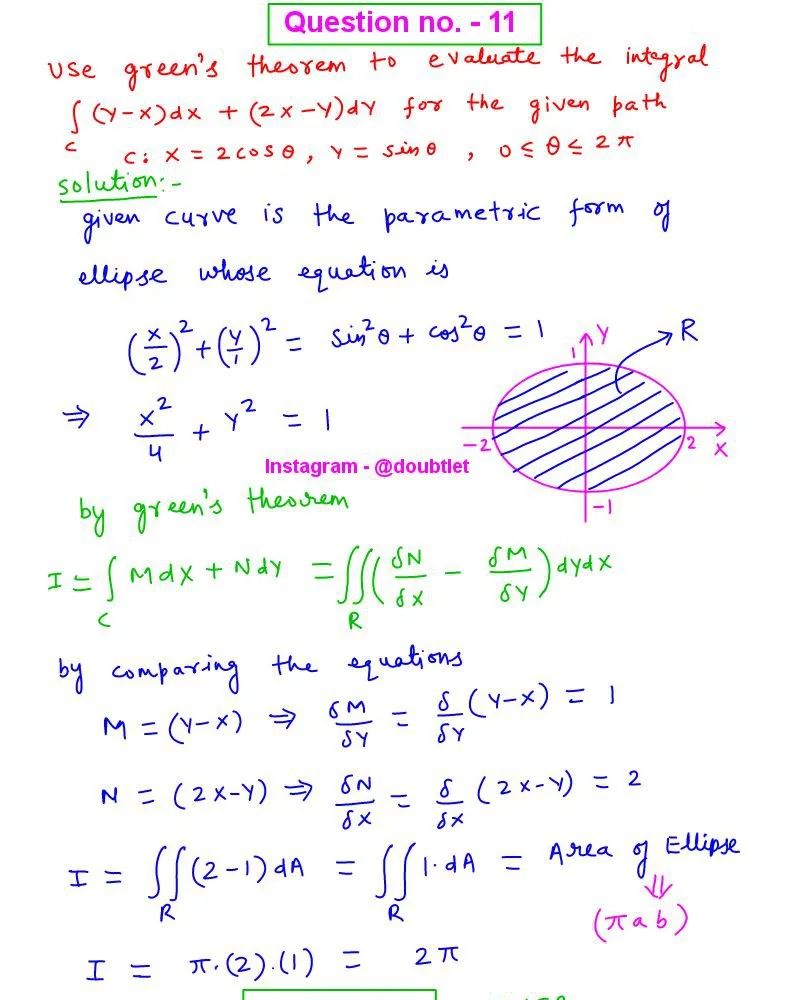









Assume that in the absence of immigration and emigration, the growth of a country's population satisfies for some constant (see Equation (1) of Section 1.3). Determine a differential equation governing the growing population of the country when individuals are allowed to immigrate into the country at a constant rate . (Use for .)
What is the differential equation for the population of the country when individuals are allowed to emigrate at a constant rate ?
Assume that in the absence of immigration and emigration, the growth of a country's population satisfies for some constant (see Equation (1) of Section 1.3). Determine a differential equation governing the growing population of the country when individuals are allowed to immigrate into the country at a constant rate . (Use for .)
What is the differential equation for the population of the country when individuals are allowed to emigrate at a constant rate ?
Question :
Assume that in the absence of immigration and emigration, the growth of a country's population satisfies for some constant (see equation (1) of section 1.3). determine a differential equation governing the growing population of the country when individuals are allowed to immigrate into the country at a constant rate . (use for .)
what is the differential equation for the population of the country when individuals are allowed to emigrate at a constant rate ?

Solution:

Neetesh Kumar | November 08, 2024
Differential Equation Homework Help
This is the solution to Math 2A, section 13Z, Fall 2023 | WebAssign
Math002ACh1Sec03 (Homework) Question - 1
Contact me if you need help with Homework, Assignments, Tutoring Sessions, or Exams for STEM subjects.
You can see our Testimonials or Vouches from here of the previous works I have done.
Step-by-Step-Solution:
When individuals are allowed to immigrate into the country at a constant rate , the rate of change of the population can be expressed as:
This equation states that the growth rate of the population is due to both the natural growth of the population (given by ) and the constant influx of new individuals (given by ).
Conclusion
The differential equation for the population of the country when individuals are allowed to immigrate at a constant rate is:
What is the differential equation for the population of the country when individuals are allowed to emigrate at a constant rate ?
New Differential Equation
If individuals are allowed to emigrate at a constant rate , then the rate of change of the population would decrease by that same rate. Therefore, the differential equation becomes:
This represents the growth of the population minus the number of individuals leaving the country.
Conclusion
The differential equation for the population of the country when individuals are allowed to emigrate at a constant rate is:
Please comment below if you find any error in this solution.
If this solution helps, then please share this with your friends.
Please subscribe to my Youtube channel for video solutions to similar questions.
Keep Smiling :-)
Comments(0)



Leave a comment